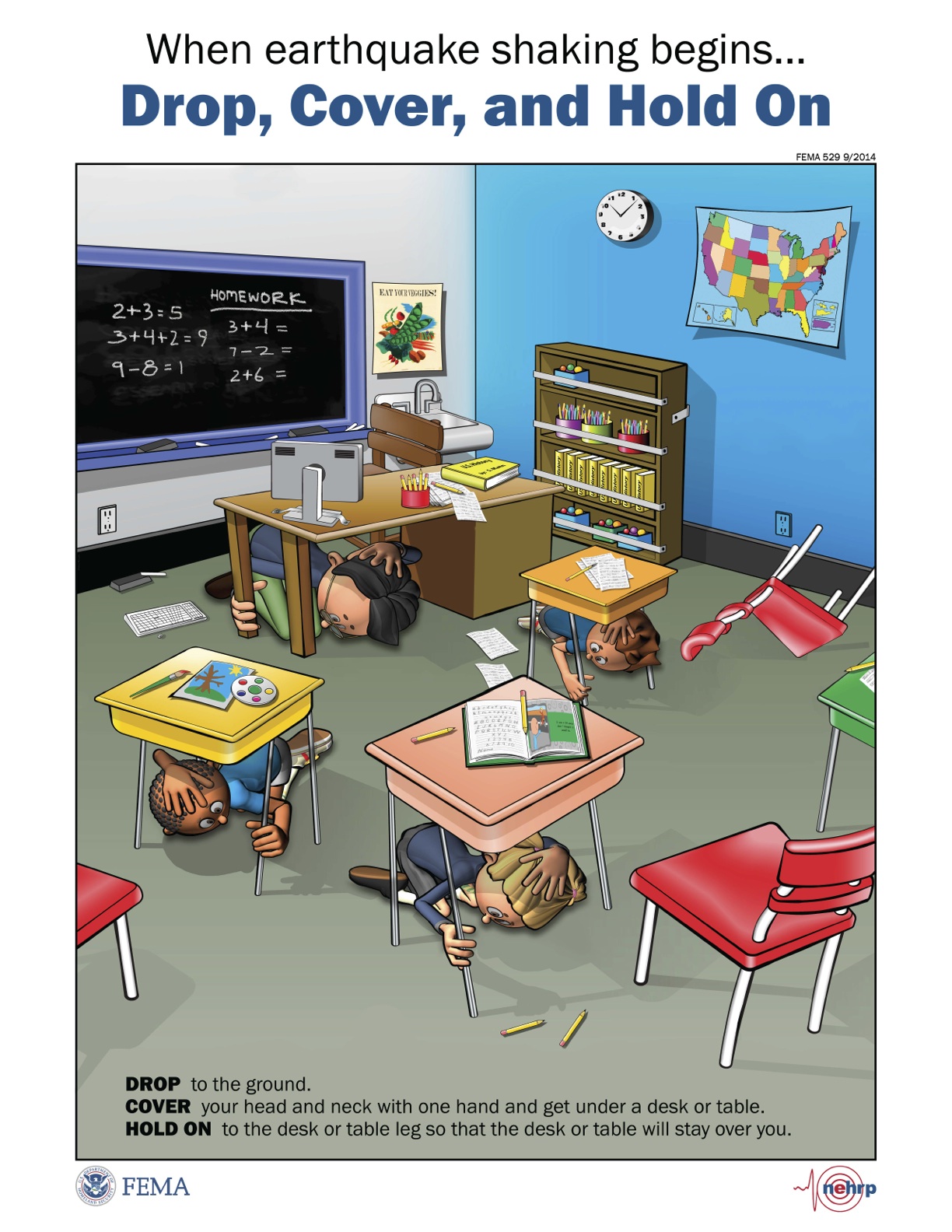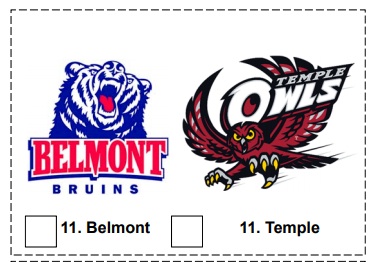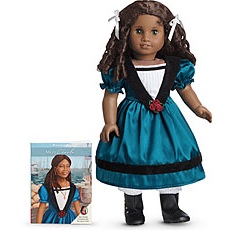Are you talking with your kids about “fake news?” A recent study from Stanford University showed most students have a hard time spotting bias in social media posts. Since there’s not always an adult to ask for help, it’s important to teach kids how to ask the right questions, and find reliable answers for themselves.
Here’s a list of five tips to help kids figure out what information to trust when they’re online.
1. Start with the basics
Make sure kids understand that not everything they see online is going to be true.
2. Fact check
Help kids investigate what they're reading with sites like FactCheck.org, PolitiFact or Snopes. (PolitiFact’s Truth-O-Meter adds an element of fun – rating political claims on a five-point scale from “True” to “Pants on Fire.”
3. Look for RED FLAGS
Lots of words in ALL CAPS? Does a piece sound outrageous or speak to only one side of an issue? Those are signs of bias or opinion.
4. Use multiple sources
Encourage kids to look for corroborate what they’re seeing: News wire services like the Associated Press, Reuters and United Press International are great for reliable coverage and straight facts.
5. Talk about it
Ask your kids what they know about current events, listen to their ideas and opinions, and try to be open to their point of view. These conversations help children develop critical thinking and communication skills that will benefit them for a lifetime.
Stephen Weigel is Commonwealth Charter Academy's social studies department chairman.






